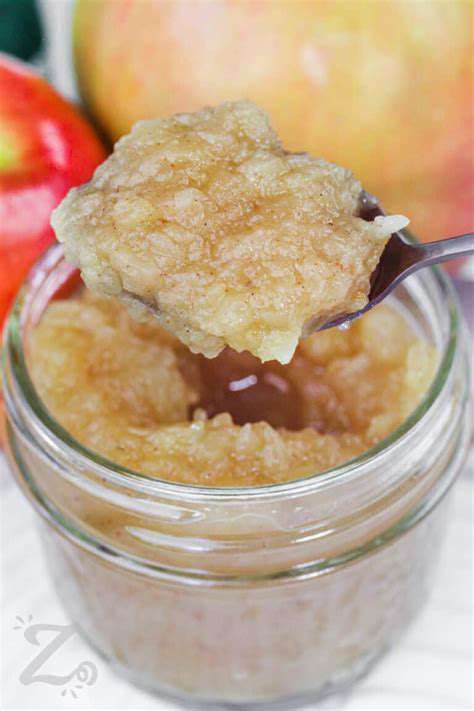Homemade Applesauce: Sweet & Natural
Jul 21, 2025 / btwgardenmachine/

Choosing the Right Apples
Selecting the right apples is crucial for achieving the perfect applesauce. Consider using a mix of tart and sweet varieties for a balanced flavor profile. For example, Granny Smith apples provide a tangy kick, while Honeycrisp apples offer a touch of sweetness. A blend of both will create an applesauce that's both delicious and satisfying. Don't be afraid to experiment with different types and combinations to discover your favorite flavor. Using a variety of apples will create a more complex and nuanced flavor in your applesauce. You'll be surprised how much the type of apple impacts the final product.
Apples with blemishes or minor imperfections are often perfectly fine for applesauce. These areas may have minor bruises or slight discoloration but won't affect the taste or texture of the final product. Don't let these imperfections deter you from using them; they're perfectly suitable for applesauce. In fact, you might even find that these imperfect apples add a unique and slightly more rustic flavor to your applesauce.
Preparing Your Apples
Thoroughly wash the apples to remove any dirt or debris. This step is essential for maintaining the hygiene of your applesauce and preventing any unwanted flavors or textures from entering the final product. After washing, carefully core and peel the apples, ensuring that no seeds or stems remain. This step is crucial for preventing any undesirable bitterness or unwanted textures.
Cutting the apples into uniform sized pieces is important for even cooking. This will ensure that the apples cook at a similar rate, resulting in a smooth and consistent applesauce. This uniformity helps to create a more desirable texture in your applesauce. Chopping them too small can lead to a mushy applesauce, while chopping them too large can lead to unevenly cooked pieces.
The Cooking Process
Cooking applesauce requires a gentle approach. High heat can lead to a mushy and undesirable texture. Instead, use a low heat setting to gently simmer the apples. This low-and-slow cooking method allows the apples to soften and release their natural sugars without becoming overcooked. It's important to keep a close eye on the applesauce during the cooking process to prevent it from burning or becoming too thick.
Using a saucepan with a tight-fitting lid will help to retain moisture and steam, accelerating the cooking process. This method also helps to achieve a smoother and more uniform applesauce texture. Proper moisture retention is key to producing a delicious and appealing applesauce. The lid also helps to prevent the apples from drying out during cooking.
Adding Flavor and Texture
Enhance the flavor of your applesauce by adding a touch of cinnamon, nutmeg, or allspice. These spices complement the natural sweetness of the apples beautifully and add a warm, comforting flavor. You can also add a touch of lemon juice for a refreshing and tangy flavor, balancing the sweetness of the apples. Experiment with different combinations of spices and flavorings to create a unique and customized applesauce.
For a thicker applesauce, you can add a tablespoon of cornstarch mixed with a little water before cooking. This helps to thicken the applesauce without altering the flavor profile too much. This technique is ideal for achieving a desired consistency. Be cautious not to add too much, or you'll end up with a grainy applesauce.
Storing Your Applesauce
Once cooked, let the applesauce cool completely before storing. This prevents the growth of bacteria and helps to maintain the quality of your homemade applesauce. Transfer the applesauce to airtight containers or jars. Proper storage is essential for maintaining the quality and safety of your homemade applesauce. Store in the refrigerator for up to a week or freeze for longer storage.
Freezing your applesauce is a great way to preserve it for later use. Place the cooled applesauce in freezer-safe containers or bags. This method allows you to enjoy your homemade applesauce whenever you desire. Freezing also helps maintain the quality and taste of the homemade applesauce.
